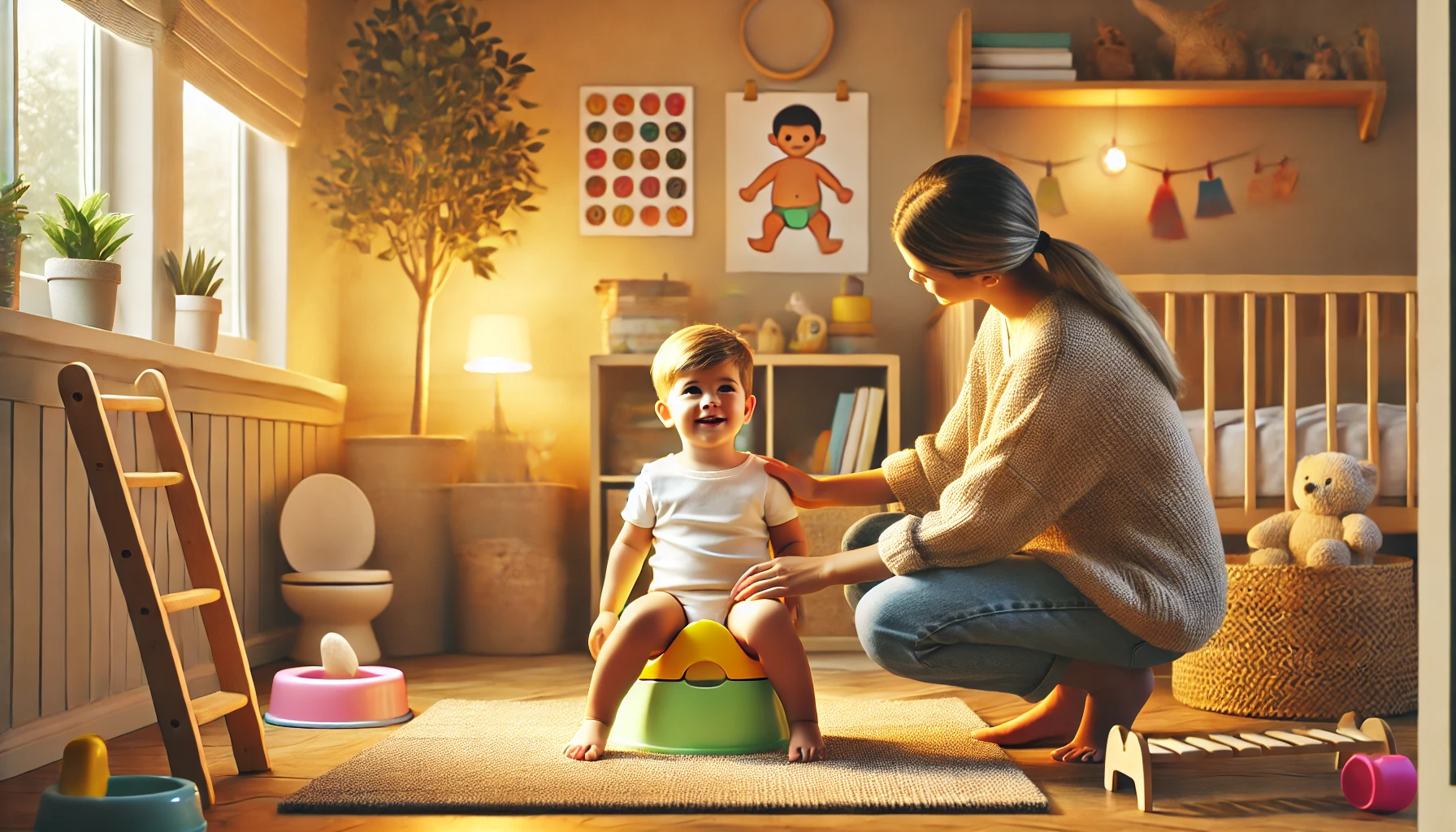As I embarked on the journey of potty training my child, I couldn’t help but wonder: Is there ever a right time or a right method to teach a child to use the bathroom? It turns out that this milestone, like many others in parenthood, is part science, part art, and a whole lot of patience. Let me take you through my personal experience, complete with trial, error, and eventual success.
Recognizing the Right Time
For many parents, identifying the appropriate time to begin potty training can be challenging. My journey began with observing my child’s cues which indicated readiness. Such signs include staying dry for longer periods, showing interest in adult bathroom habits, and understanding basic instructions. However, it’s crucial to remember that every child’s timeline is unique.
Signs of Readiness and Age Range
| Sign | Description | Age Range |
|---|---|---|
| Dry Diapers for More than 2 Hours | Indicates bladder control | 18–24 months |
| Regular Bowel Movements | Predictable timing assists training | 18–30 months |
| Interest in Family Bathroom Habits | Mimicking behavior is key | 24–36 months |
| Ability to Follow Simple Instructions | Understanding helps with routine | 24–30 months |
Starting before a child is ready might lead to frustration and setbacks, while starting too late could mean missed opportunities. For us, it was about finding that perfect balance and understanding our child’s individual pace.
Choosing the Right Equipment
Selecting the right tools was another critical step. From potty chairs to toilet seat reducers, the market offers numerous options. I opted for a potty chair initially because it was more approachable and child-friendly.
What I considered:
- Comfort and stability
- Ease of cleaning
- Appeal to the child’s interest
The equipment should not only be functional but engaging. Vibrant colors and favorite characters can make the potty less intimidating and more inviting.
The Method That Worked for Us
After some research and advice, I decided on a blended approach. We used a mix of scheduled potty times and spontaneous trips whenever my child showed signs of needing to go.
Consistency was vital. By establishing a routine, my child knew what to expect and when.
“Every child is a different kind of flower, and all together, make this world a beautiful garden.”
This quote resonated deeply with me throughout the potty training process, reminding me that progress might vary, but patience and encouragement would eventually lead to success.
Handling Reluctance and Regression
Reluctance and setbacks are part of the process. My child had days of seamless transitions and others marked by regression and accidents. It’s important not to scold or shame during these times.
Instead, I offered reassurance and calmly reviewed the potty routine. Celebrating small victories boosted my child’s confidence.
Regression is often a response to overstimulation or routine changes. We used positive reinforcement — stickers, high-fives, and small rewards — to turn success into a celebration.
Incorporating Fun Games and Stories
Entertainment played a huge role in transforming the experience. I invented stories with characters who used the potty and sang songs to keep things fun.
We also read books like “Potty” by Leslie Patricelli — they made the concept approachable and lighthearted. Sometimes, we timed our potty trips with a cheerful song to make it a fun part of the day.
Maintaining Patience and Encouragement
Patience and encouragement became our foundation. Some days were easier than others, but every day was a chance to reinforce the new habit.
Encouraging words, a gentle hug, and positive attention helped keep my child motivated. Even a small “You did it!” made a huge difference.
Understanding Cultural Variations in Training
Different cultures approach potty training in various ways. Some start earlier using methods like elimination communication (used in rural China), while others allow the child to set the pace.
Exploring different practices helped me stay flexible and open-minded. In the end, I adapted what made the most sense for our family dynamic.
Common Challenges and Solutions
1. Nighttime Dryness
We used absorbent bed liners and reduced fluid intake close to bedtime. Over time, my child became naturally more aware of nighttime signals.
2. Public Restroom Fear
We gradually introduced public restrooms and praised even small efforts like just entering the space.
3. Unwillingness to Sit
Offering choices (which potty, what song, what book) made the process feel more playful and less forced.
Each obstacle taught us resilience, and each solution added to our toolkit.
Frequently Asked Questions
How long does potty training take?
Every child is different, but most children take between 3 to 6 months. Consistency and positivity can speed things up.
What if my child refuses to sit?
Try encouraging brief sitting times with a story or favorite toy. Avoid pressure — let it be relaxed and routine.
When should I start nighttime training?
Nighttime dryness usually comes later. Use protective bedding and guide your child gently when accidents happen.
Is it okay for boys to sit first?
Yes! Many parents teach boys to sit first, then transition to standing once they’re comfortable and confident.
What if my child is afraid of flushing?
Avoid forcing it. Let them flush from a distance or watch you flush first. Gradually involve them in the process.
Helping Your Child Gain Independence
The journey of potty training taught me as much about flexibility as it did about my child’s needs. It was filled with lessons, laughs, and a few messes — but in the end, it was a beautiful transition to independence.
Through calm guidance, creative encouragement, and lots of hugs, we celebrated each success and learned through every challenge. This milestone isn’t just about using the toilet — it’s about building confidence and connection, one flush at a time.
